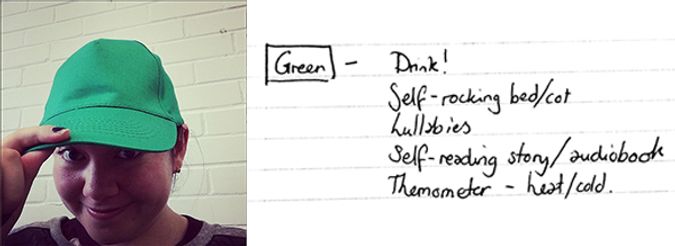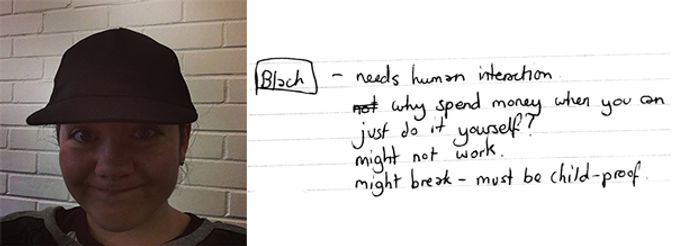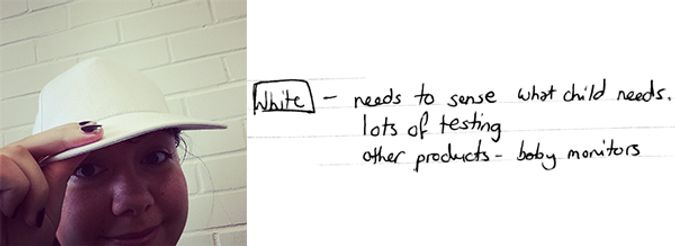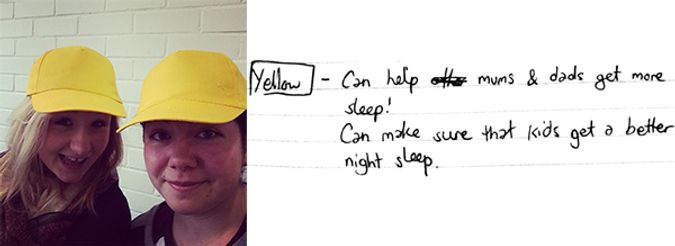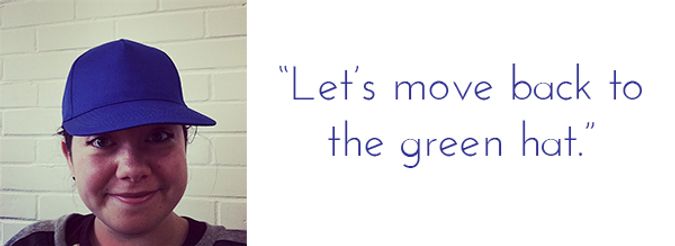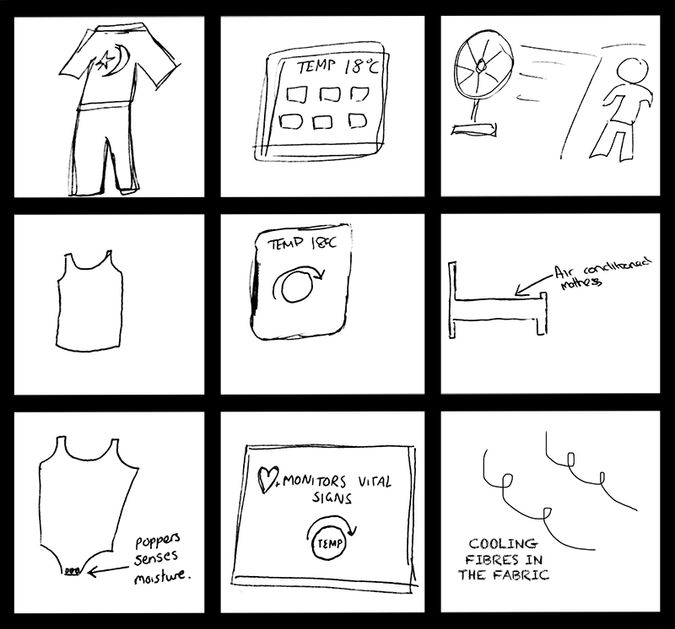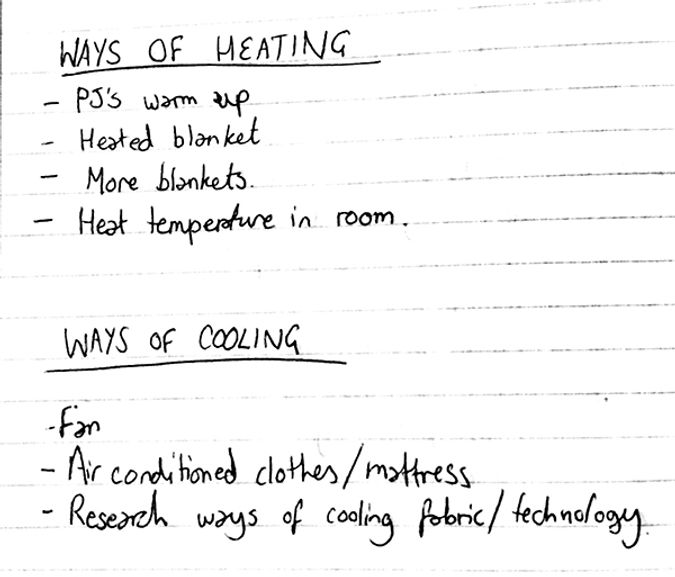
Creative Design Lab: Wearable technology week 2
The first thing I did this week was to consider the senses, as it is wearable technology this is a very important factor, and could be a major advantage. I created the following mind maps about possible inputs and outputs of my wearable technology.
I also found this interesting project, when researching wearable tech, that involves a 3d printed cast that emits ultrasound pulses to aid healing. There are all sorts of advantages to wearing technology, and incorporating senses into the design, making the computer part of the human body.
SIX HATS
I then went over my idea using Edward de Bono’s idea of six thinking hats.
The six hats method is to wear (or imagine wearing) a coloured hat. There are six different colours in total, and each colour represents a different way of thinking. While wearing each hat, the colour of the hat defines the way in which the wearer should think.
It is a really useful to practice the technique of separating ways of thinking, to see your project from other perspectives and see things you wouldn’t otherwise.
The six hats are:
The green hat
The hat of creativity, focusing on new solutions to problems and different ideas.
The black hat
The hat of pessimism, looking for all the negative points, being cautious and defensive.
The white hat
The hat of logic, only dealing with facts and data.
The yellow hat
The hat of positivity, seeing the benefits and value.
The red hat
The hat of emotion, instinct and gut-feeling.
The blue hat
The hat that controls the session, the chairman of the meeting.
All these hats, used individually, can be a very useful tool. It can really help to look at an idea or problem from a different standpoint.
I then moved on to use the 9×9 method, where I sketched out three ideas to solve the problem of a child waking during the night. I then passed it to Sam who filled in the the next three boxes with ideas that expanded on mine. I then filled in the next three boxes, adding to the last sketches. This produced a really interesting outcome below.
From there, I made more lists about how to solve the particular problems of heating and cooling the child.
COOLING
I quickly discovered that more research was needed into the latest technology, to find out what is/will be possible with fabrics, especially with regards to temperature control. There is something called Coolcore that uses a blend of yarns to draw sweat away from the body and dry it quicker. There are a lot of other ‘unique blends’ of fabric that offer this kind of ‘technology’, including Sportingtex and Komfortas. There is also a company, Mountain Hardwear that markets a product, Cool.Q ZERO, where the fabric is said to contain an ‘active cooling agent next to your skin that reacts with your sweat to lower the temperature of the fabric’.
This sort of technology could be included in my wearable technology design. The problem with the first set of cooling fabrics is that there is no way of turning them off and on. The last uses sweat to activate the cooling process, so would be suitable on a child if sweating during the night occurs.
I also found Columbia’s Omni-Freeze Zero claims to do the same thing. There is a lot of new technology in this field, specifically created as sportswear for use by athletes while exercising. This could easily be transferred to my project.
HEATING
Heating is a lot easier, as things like the electric blanket have been around for a considerable amount of time. The electric blanket itself was invented in 1912. Since then, there have been lots of inventions around the same theme. One project I found was heated slippers. The technology is definitely there, to allow for fibres to be woven into the garment and switched on if the wearer’s temperature has been read as too low.
MOISTURE
I also came up with the idea in the 9×9 grid of having a vest that had sensors built into the poppers that could alert the parents if the child is wet. Urine is an irritant, and could cause rashes and broken skin if left too long. The alarm system will help to prevent this.
VITAL SIGNS
To find out what else parent’s want in a gadget for children, I looked at what is currently on the market. I already own a baby monitor that connects to a sensor pad, which sets off an alarm if no movement is detected after 20 seconds. The pad is sensitive enough to detect breathing when placed under the mattress.
I found this really interesting article on Gizmag that outlines some new projects and advances in wearable technology – particularly new fabrics. The BioMan Fabric from AiQ is described in the post as ‘made from a conductive fabric sewn together from stainless steel yarns. It monitors vital signs, such as heart rate, respiration rate and skin temperature, and with integrated Bluetooth connectivity, sends that information to a smartphone for analysis’. This would be perfect for monitoring the vital signs of an infant during the night.
I am going to use all this research and the creative techniques to design nightwear for an infant/child.




